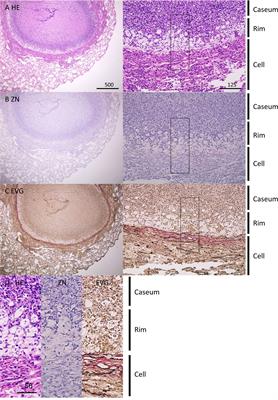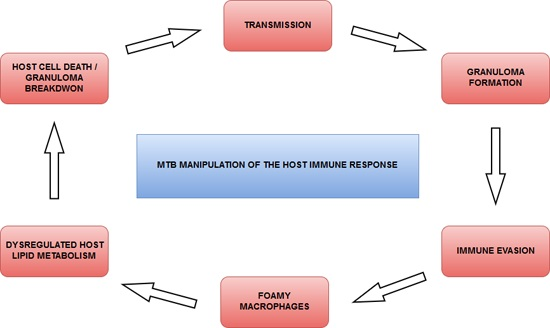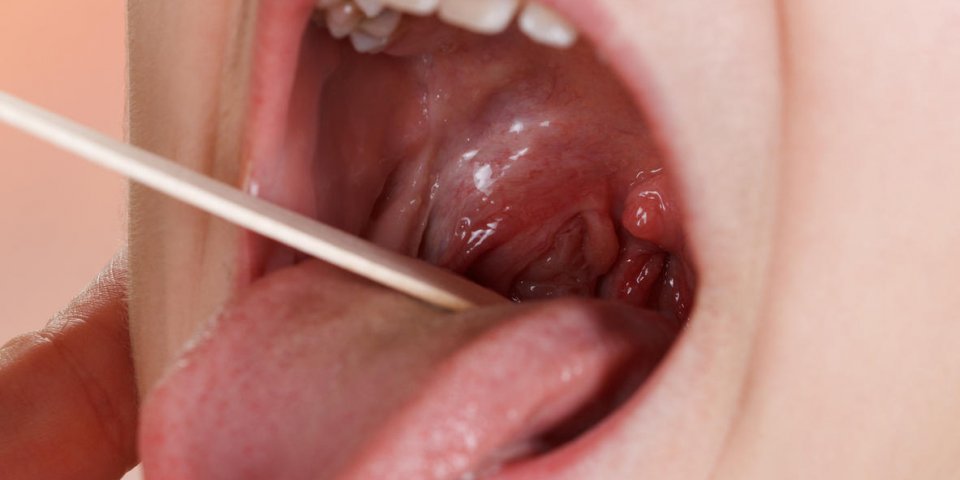Model for caseum accumulation and granuloma progression.(a)
4.5 (696) · € 19.00 · En Stock
Download scientific diagram | Model for caseum accumulation and granuloma progression.(a) Intracellular Mtb synthesize and release cell wall components inside their host cell. These lipids accumulate in the internal vesicles in multivesicular bodies, which are exocytosed from the cell in vesicular form. (b) Because of the release of such vesicles, both infected and uninfected macrophages are exposed to cell wall mycolates and are induced to form foam cells. (c) The foam cells die by an inflammatory, necrotic process and release their lipid droplets into the extracellular milieu in the granuloma. (d) As a result of the fibrotic capsule, the human granuloma is an enclosed, isolated structure. The enclosed nature of the human granuloma leads to the accumulation of necrotic debris as caseum. We propose that this process is an integral part of the pathology that leads to active disease and transmission. from publication: Foamy macrophages and the progression of the human tuberculosis granuloma | The progression of tuberculosis from a latent, subclinical infection to active disease that culminates in the transmission of infectious bacilli is determined locally at the level of the granuloma. This progression takes place even in the face of a robust immune response | Granuloma, Macrophage and Tuberculosis | ResearchGate, the professional network for scientists.

Frontiers Spatial multiomic profiling reveals the novel polarization of foamy macrophages within necrotic granulomatous lesions developed in lungs of C3HeB/FeJ mice infected with Mycobacterium tuberculosis

Inflammatory signaling in human tuberculosis granulomas is spatially organized. - Abstract - Europe PMC

Heterogeneous Host–Pathogen Encounters Coordinate Antibiotic Resilience in Mycobacterium tuberculosis: Trends in Microbiology

Reproducibility of the native and surrogate caseum assays. Analysis of

Host Evasion and Exploitation Schemes of Mycobacterium tuberculosis: Cell

A Novel Tool to Identify Bactericidal Compounds against Vulnerable Targets in Drug-Tolerant M. tuberculosis found in Caseum

The Tuberculous Granuloma: An Unsuccessful Host Defence Mechanism Providing a Safety Shelter for the Bacteria?
The association between sterilizing activity and drug distribution into tuberculosis lesions - Document - Gale OneFile: Health and Medicine

IJMS, Free Full-Text

Do Anti-tuberculosis Drugs Reach Their Target?─High-Resolution Matrix-Assisted Laser Desorption/Ionization Mass Spectrometry Imaging Provides Information on Drug Penetration into Necrotic Granulomas



/product/96/051706/1.jpg?2906)








